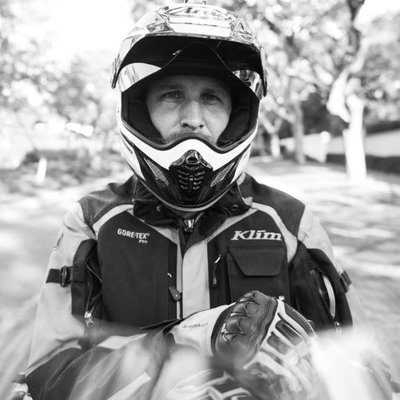How The Position of Light Can Make or Break Your Portraits
Understanding the Direction of Light for Portrait Photography
Mark begins the exploration with a fundamental demo, illustrating how the direction of light affects image contrast—a key element in portrait photography. Using a simple octabox, Mark positions Tasiana as the subject and keeps the camera stationary to focus solely on the light's movement.
Front Light: When the light source is aligned with the camera, the result is flat light. This setup minimizes shadows and highlights, producing a uniformly lit subject. This technique is excellent for capturing accurate colors but lacks depth and dimension.
Side Light: Shifting the light to the side significantly increases contrast. With light hitting Tasiana from one side, shadows are cast on the opposite side, creating a striking interplay of light and dark areas. This setup emphasizes the subject's form and texture, adding drama and intensity to the portrait.
Back Light: Moving the light behind the subject results in a silhouette effect. This backlighting technique highlights the subject's shape, producing a dramatic two-dimensional outline. As the light moves around to the back, the form is accentuated while the details in the front fall into shadow.
Creating Unique Looks with the Double Umbrella Setup
Inspired by his friend Ab Sesay, Mark employs a "double umbrella" lighting configuration to achieve soft yet directional light. This setup involves stacking two umbrellas that fire simultaneously, creating a broad, enveloping light source. The shallow depth of the umbrellas ensures that the light is projected in a single direction, perfect for crafting varied looks by simply moving the light.
Front Light with Double Umbrella Setup
Mark begins with the double umbrella setup positioned for front lighting. Despite front light typically being considered boring, the quality of the soft, directional light from the umbrellas compensates, producing stunning results. The soft light wraps around Tasiana, reducing harsh shadows and creating a pleasing, even illumination.
Side Light with Double Umbrella Setup
Next, Mark moves the double umbrella setup to the side. This change heightens the contrast, casting deep shadows on one side of Tasiana while illuminating the other. The directional quality of the light emphasizes the subject's contours and textures, making for a dynamic and visually striking portrait.
Back Light with Double Umbrella Setup
Finally, Mark positions the double umbrella setup behind Tasiana, creating a powerful backlight. This setup generates a strong rim light that outlines Tasiana’s silhouette. To enhance the effect, Mark adds a hard light using a snoot and grid, targeting the model’s face. This combination of soft backlight and focused hard light introduces a glamorous, high-contrast look reminiscent of 1980s portraiture.
Mark's exploration demonstrates that the position of light is crucial in shaping the mood and impact of your portraits. By manipulating the direction of light and utilizing versatile setups like the double umbrella, photographers can create a wide range of looks, each with its unique contrast and texture.
You may also like: Creating Beautiful Portraits with Clamshell Lighting by Mark Wallace





 Mark Wallace is a photographer based in the United States. Best known for his web-based video series “Digital Photography One on One” and “Exploring Photography”. In 2014, Mark left the United States to embark on a 2 year worldwide adventure. He visited 28 countries and captured thousands of unique photographs across the globe. Visit
Mark Wallace is a photographer based in the United States. Best known for his web-based video series “Digital Photography One on One” and “Exploring Photography”. In 2014, Mark left the United States to embark on a 2 year worldwide adventure. He visited 28 countries and captured thousands of unique photographs across the globe. Visit 













0 comments:
Post a Comment